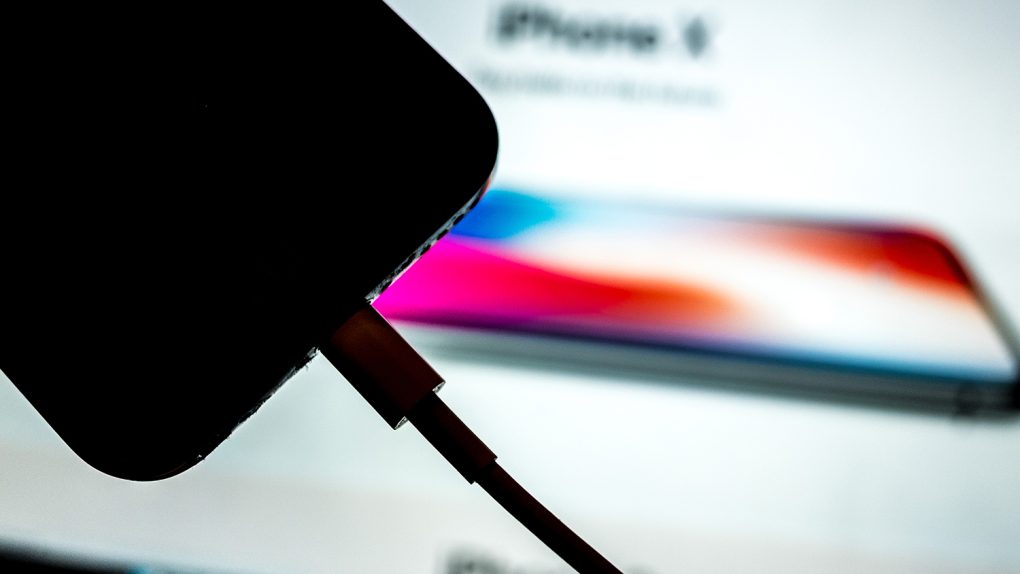We’ve been talking about the next stage in mobile communications for a while now, but 2018 is finally going to be the year when the first 5G networks are deployed, even if it’s incredibly limited. Next year, we’ll have the first 5G-ready smartphones in stores, with Samsung already working on a device (not the Galaxy S10, however), and Sprint and LG partnering on another one.
But don’t count on Apple launching a 5G iPhone X version anytime soon.
We already saw what Apple did when 4G LTE came out. The company waited for carriers actually to offer decent coverage before launching the first 4G iPhone. That was the iPhone 5, by the way, which launched more than a year after the first Android-based LTE phones came out. Even the original iPhone did not support 3G when it came out back in the summer of 2007.
In other words, you shouldn’t expect a 5G iPhone next year. Instead, we might get one in 2020 at the earliest.
But Android vendors aren’t expected to launch a large number of 5G devices either. A new report from Digitimes says that 5G smartphones shouldn’t pick up until 2021, even though initial shipments will start next year.
By 2022, however, 5G smartphones will account for 97% of the total number of 5G high-end device shipments. Almost one in five phones sold that year should support 5G. The report doesn’t mention the iPhone, but it’s likely Apple will have added 5G support to all iPhones by then.
Digitimes does list a few problems that need addressing before smartphone makers can equip their devices with 5G modems, and they have nothing to do with actual 5G support from carriers. We’re looking at antenna designs and power consumption:
Since 5G smartphones are to support millimeter wave (mmWave) transmission, which is subject to the limits of its shorter wavelength and its signals are susceptible to the influence of obstacles, 5G smartphones need to configure four to eight antenna arrays to enhance their reception capabilities, making the overall size and power consumption the new technology barriers for the production of 5G smartphones.
In other words, handset makers including Apple will have to make sure their devices offer reliable 5G connectivity, and that 5G won’t be a battery life killer. You might remember that, back in 2011, 4G was a real battery hog. That was fixed down the road thanks to new advancements in tech, but it took a while.
Of course, coverage will also be a problem in the first years. Vendors will have little incentives to sell 5G equipment until mobile operators cover more ground with their 5G networks. And deploying 5G to all markets will take some time.








